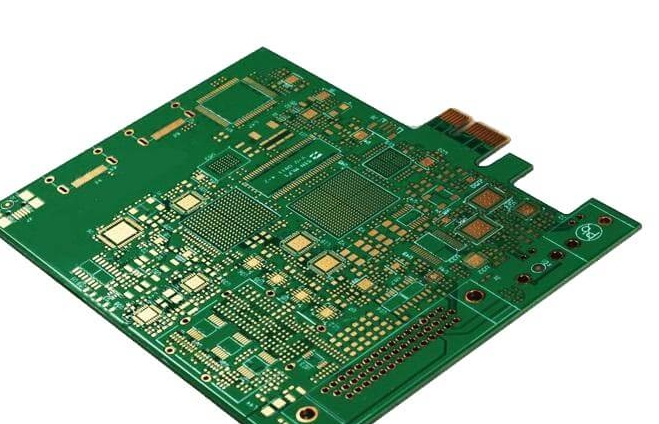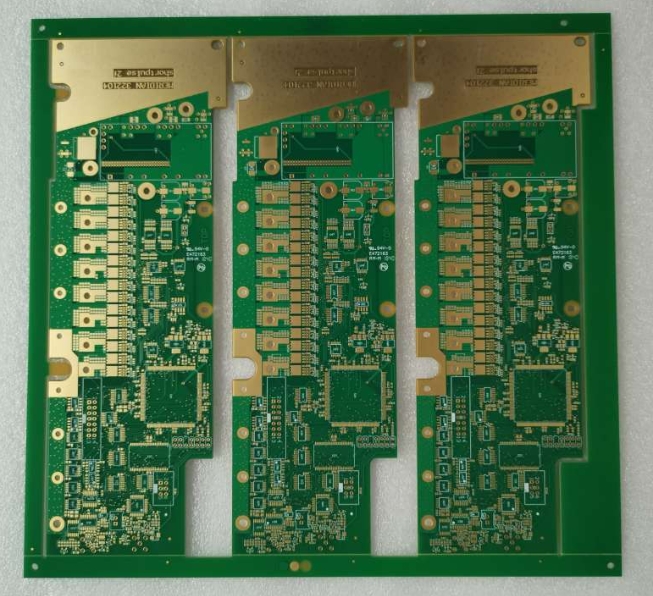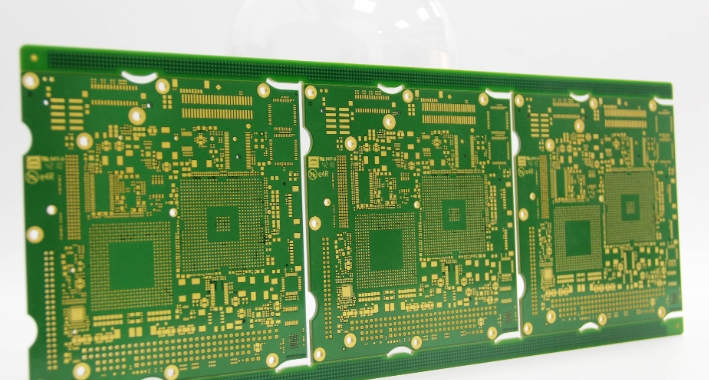What is the typical lifespan of a 2 layer TG170 PCB?
Among various PCB types, 2 layer TG170 PCBs offer good durability, reliability, and thermal performance. Many buyers ask, “What is the typical lifespan of a 2 layer TG170 PCB?” This guide will answer this question. We will analyze the factors that affect its lifespan, the benefits of using TG170 materials, and the best practices for maximizing the lifespan of these critical components.
2 layer TG170 PCB
Also known as double-sided PCBs, 2-layer PCBs have two layers of conductive material with a substrate in between. TG170 refers to a glass transition temperature of 170°C, meaning the material can withstand higher temperatures without deforming. This high TG value makes TG170 PCBs ideal for significant thermal stress applications. Using TG170 materials enhances the thermal stability, mechanical strength, and overall reliability of the circuit board, making it the first choice for various high-performance and industrial applications.

Factors Affecting the Lifespan of 2 layer TG170 PCB
Several factors affect the typical lifespan of 2 layer TG170 PCBs. First, the operating environment plays a crucial role. PCBs used in harsh conditions such as extreme temperature, humidity, or exposure to corrosive substances tend to have shorter lifespans. Second, the quality of the manufacturing process has a significant impact on the lifespan. High-quality materials and precision in the manufacturing process can improve durability. Third, the design and layout of the PCBs are critical. Proper thermal management, efficient component placement, and adherence to design standards can prevent premature failures. Finally, usage patterns and the frequency of use also determine the lifespan of these PCBs.
Benefits of Use
One of the most notable advantages of 2-layer TG170 PCBs is their excellent thermal stability. The high TG value of 170°C means these PCBs can withstand higher temperatures without degradation. The robustness of the TG170 material contributes to its durability. They exhibit greater resistance to thermal expansion and contraction, reducing the risk of delamination, cracking, and other forms of mechanical failure. The high-quality materials used in their construction provide excellent insulation and minimal signal loss, ensuring reliable and consistent electrical performance.

Typical Lifespan
Under optimal conditions, these PCBs can last 10 to 20 years. This estimate assumes the PCB is operated within its specified parameters. Regular maintenance and adherence to recommended usage guidelines can further extend the life of the PCB. The lifespan may be reduced in harsh environments, but proper design considerations and protective measures can mitigate some of these effects. Proper maintenance and handling practices are critical to maintaining the lifespan of 2-layer TG170 PCBs. Regular inspection, cleaning, and avoiding electrostatic discharge during handling can prevent damage and identify problems before they escalate.
Best Practices for Maximizing Lifespan
Certain maintenance practices can be adopted to ensure the maximum lifespan of 2-layer TG170 PCBs. First, proper thermal management is essential. This includes designing the PCB with adequate heat dissipation paths, using heat sinks, and ensuring efficient airflow. Second, avoiding overloading the PCB by adhering to specified electrical parameters can prevent premature failures. Third, implementing a protective coating can protect the PCB from moisture and contaminants. Regular inspection and maintenance also help to detect potential problems before they lead to failure.
Ultimately
The life of a 2-layer TG170 PCB depends on various factors, including operating environment, manufacturing quality, design, and usage patterns. Real-world use testing and customer feedback indicate that these PCBs can last 10 to 20 years, but if you want to maximize your lifespan, avoid excessive temperatures and perform regular maintenance.

